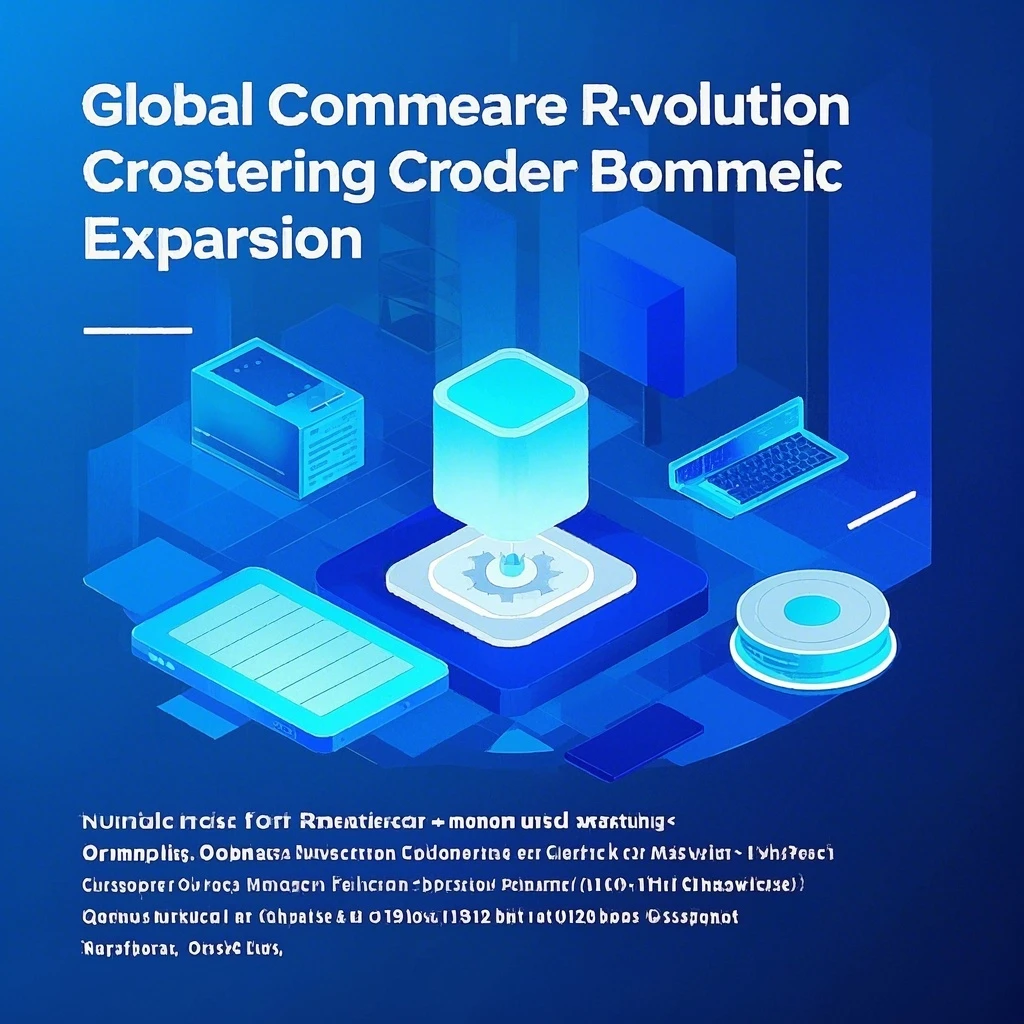Global Commerce Revolution: Mastering Cross-Border E-Commerce Expansion
 1. The Evolution of Cross-Border E-Commerce
1. The Evolution of Cross-Border E-Commerce
The digital era has redefined global trade, enabling SMEs to compete on a level playing field with multinational corporations. Cross-border e-commerce now accounts for 25% of total global e-commerce transactions, projected to reach $1.5 trillion by 2026 (Statista). This shift is driven by:
- Technological Advancements: AI-driven logistics, AR product visualization, and real-time translation tools.
- Changing Consumer Behavior: 75% of global shoppers now purchase products from international websites (PayPal).
2. Core Advantages of Global Expansion
Market Diversification
- Example: A European electronics brand saw 40% revenue growth after entering Southeast Asian markets during a regional economic downturn.Currency Arbitrage
- Case Study: A U.S. apparel company increased profit margins by 15% by pricing products in EUR during the USD-EUR depreciation.
3. Critical Challenges & Mitigation Strategies
Regulatory Complexities
- Solution: Partner with compliance platforms like Avalara to automate VAT/GST calculations and customs documentation.Logistics Optimization
- Innovation: Using AI-powered platforms such as Flexport to dynamically route shipments based on weather, port congestion, and geopolitical risks.
4. Localization Best Practices
Cultural Adaptation
- Example: IKEA’s China website features QR codes linking to Mandarin product videos and localized room layouts.Payment Localization
- Statistic: 60% of consumers abandon carts if their preferred payment method isn’t offered (Worldpay).
5. Future-Proofing Your Strategy
Sustainability Integration
- Trend: 67% of global consumers prefer eco-friendly brands (Nielsen).Metaverse Commerce
- Innovation: Gucci’s virtual sneaker collection sold for $11 digital pairs, demonstrating metaverse monetization potential.
THE END






